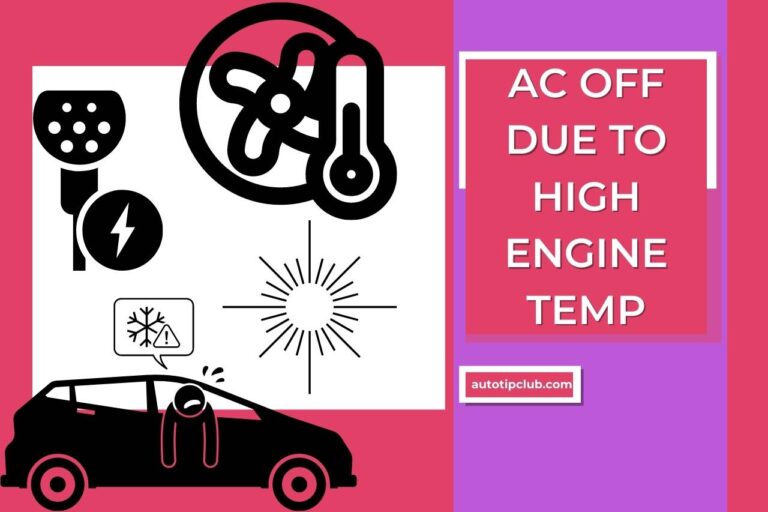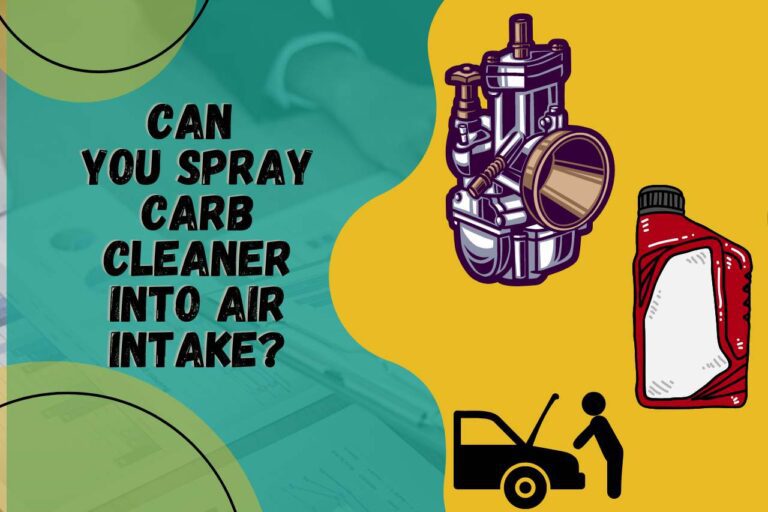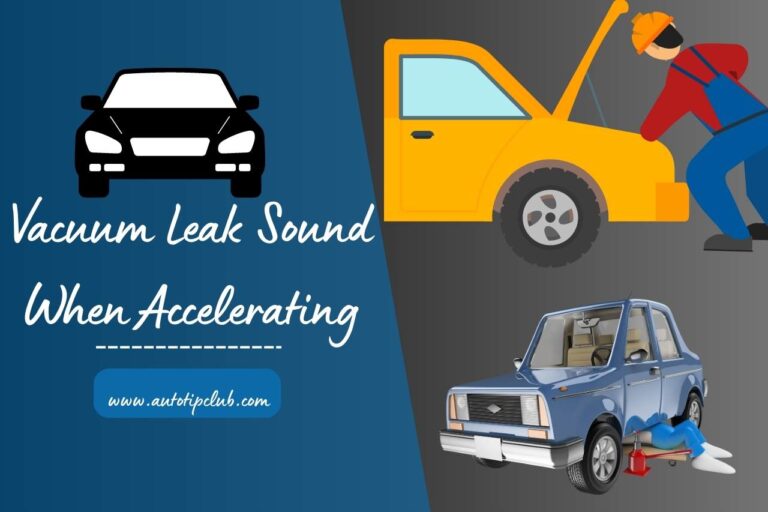What Does a Car Sound Like When It Needs Oil? Warning Signs!!!!
A ticking, clicking, or rattling sound is a classic indicator that your engine is low on oil. You have to look after the engine of the car frequently. The engine is one of the most prominent parts of your automobile. Therefore, you should be concerned if you hear sounds or noise from the engine. Check for the possible issues for why the noise is coming. And if you haven’t checked for the oil level in the engine in a while, you should be concerned about that also. In this article, we’ll provide you with information on “What does a car sound like when it needs oil?”
Why Is Oil Important for Your Car?
Vehicle Longevity
Engine oil lubricates the moving elements of your engine, reducing the destructive friction that decreases performance. Riding a vehicle with low oil levels can considerably shorten its life.
Improvement of Vehicle Performance
Clean oil also avoids sludge formation, which can block your engine’s limited oil passageways. Without adequate oil flow, the fuel consumption of your car rises while its performance falls.
A Lower Temperature
Controlled concussive blasts inside your engine could heat metal parts of the engine to 315°C. If there is insufficient oil, those parts may wear as there is no radiant cooler to cool them down.
Improved Engine Performance
When your engine runs more efficiently, its lifespan rises. Mechanical parts of the engine wear out and rust when there is insufficient clean oil. It will waste your money and time.
Now you can understand why oil is important for your car.
What Happens When Your Car Needs Oil?
- Dirty and Polluted Engine Oil: When a power mill’s engine oil is not properly lubricated, it collects dirt and additional particles. This will clog the passageways where oil flows inside the engine.
- Heavy Engine Noises: When a car’s oil runs low, it’s natural to hear clunking, knocking and clicking noises. This is yet another sign of low engine oil. Normally, the metal pieces aren’t rubbing with each other, but they are as a result of the lack of lubrication.
- The Scent of Burning Oil: A strong smell or thick burning oil odour can indicate that you’re driving with too little oil or without motor oil. Both are hazardous and can represent an oil leak.
- Overheating: This is a common symptom when there is not an adequate amount of oil in the engine.
- Smoke Coming from Your Engine Cover: Because to engine overheating, you see visible smoke. Aside from that, you’ll detect smoke coming underneath your car’s bonnet.
What Sounds Does Your Car Make When It Needs Oil?
You’ll notice knocking, ticking, clicking, rumbling, or roaring sounds to indicate that your car is in desperate need of an oil change. Clean oil creates a thin shield between the engine elements, preventing metal-on-metal touch or contact and keeping your engine quiet on the road. But, as the fluid degrades, it no longer lubricates the parts as properly, resulting in increased engine noise.
This sound is a result of insufficient oil being injected into the engine’s top section. A quick check can tell you if the system is at a low oil level.
When the engine is in a cold environment, it is not uncommon for it to make a ticking or clicking noise.
When the car has been sitting for a time, the oil flows from the engine to its original position. As you start the engine, the oil flows through the passengers in the engine, allowing it to create pressure. You may hear a tiny ticking noise until the optimum oil pressure is achieved.
In colder weather, the oil pressure takes longer to build, making such sounds more likely.
If the problem persists after the engine has reached a stable temperature, have the engine inspected by a qualified technician to establish the source of the issue.
What Indicates Low Oil?
In this case, your vehicle’s oil pressure warning light is illuminated. This is the most obvious indicator of low oil in the engine. Although it is a warning light for oil pressure, the major reason for low oil pressure is a lack of oil in the engine.
The two concerns are deeply linked. The oil pressure light on your automobile should turn off soon after you start the vehicle.
If this stays on after you start your automobile, it indicates that your engine is on a low oil level.
Also, by visible smoke coming from the hood of your engine, you could indicate that engine is overheated due to the low oil level or no oil at all.
How to Check Your Car’s Oil Level?
Follow the below step-by-step guide to check the oil level of your vehicle’s engine.
- Read and go through the user guide and stick to the manufacturer’s recommendations.
- Ensure that the engine is cold to avoid getting burned by a heated engine part.
- With the engine turned off, open the bonnet and locate the dipstick.
- Remove the dipstick from the engine.
- Then clean excess oil off the end of the dipstick.
- Return the dipstick to its tube and press it all completely in.
- Take it out again and inspect both surfaces of the dipstick for the oil level.
- The level is correct if the peak of the oil “streak” is within the required area or between the two markers.
- But, if the oil level falls below the marked limit, you must add oil.
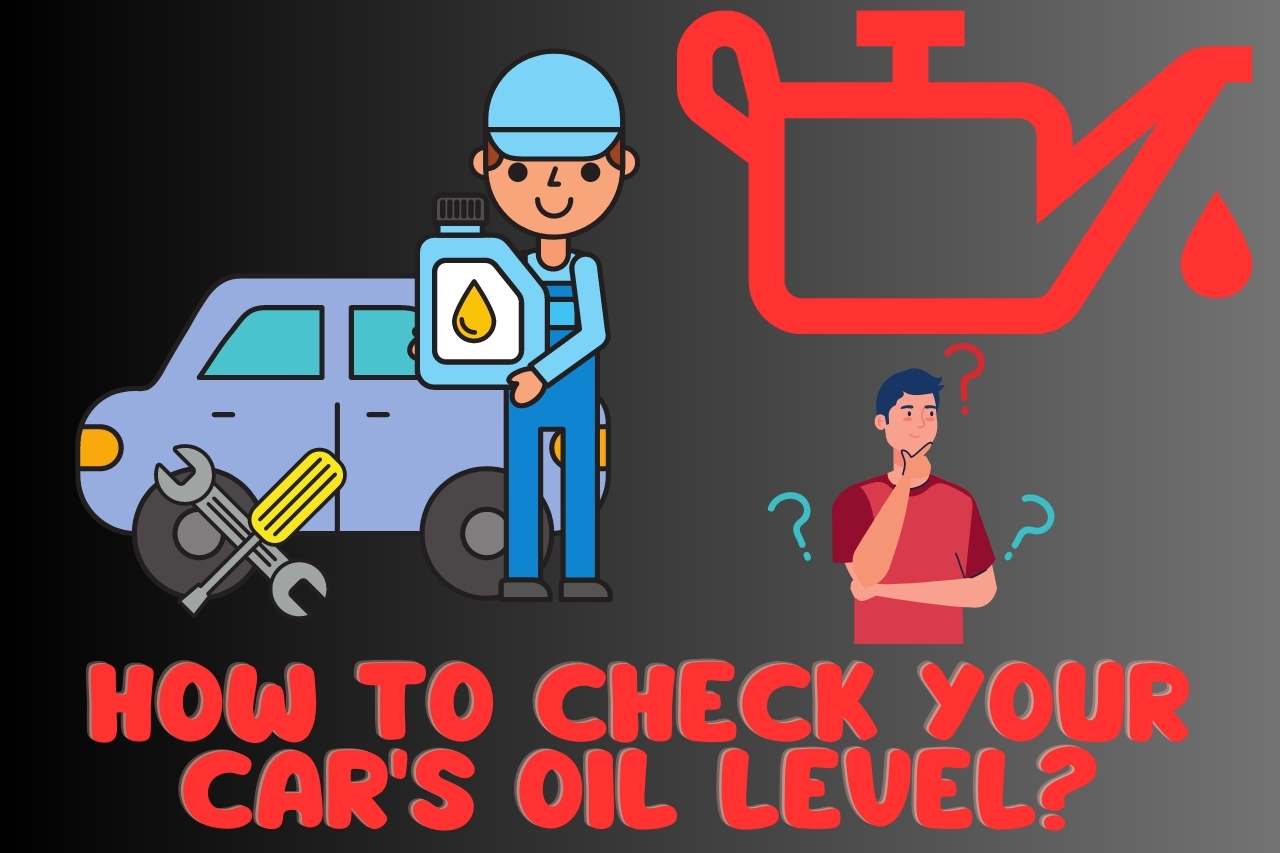


How Much Oil Should Be on a Dipstick?
If the oil level is between the marked two lines of the dipstick, your car has sufficient oil. If it’s below the lower marked point, you need to add oil.
Every dipstick has ways to represent the oil levels. Some of them are:
- Two pinholes
- The letters H (high) and L (Low)
- The shortenings MAX and MIN
- Area of cross-hatching
The level is correct if the top of the oil level is in between the marked area or the cross-hatched area.
How Long Does It Take to Damage an Engine Without Oil?
Maximum of Thirty Minutes. The presence and distribution of oil are important to an engine’s continuous operation. Engines can function without oil or with an insufficient level of oil, but the impact is so destructive that they can only run for even less than thirty minutes before malfunctioning and braking. It can be far sooner also.
Watch this video,
Video Credits – Helpful DIY
More Like This: Check Out These Related Articles
- How to Unstick Oil Pressure Relief Valve? – The Full Explanation!
- The Truth About Transmission Fluid: Does It Expire?
- How Long Does an Oil Change and Tire Rotation Take? [Find Out]
- Vacuum Leak Sound When Accelerating – Solving The Mystery!



My name is Robot McCullum, and I’m an Automotive Engineer with 20+ years of experience in the automotive field. I’ll give you step-by-step instructions for recognizing and fixing complicated technical problems in an uncomplicated manner. www.AutoTipClub.com, is your best resource for in-depth tutorials, insightful tips, and practical advice designed and developed either for seasoned vehicle collectors or daily drivers.

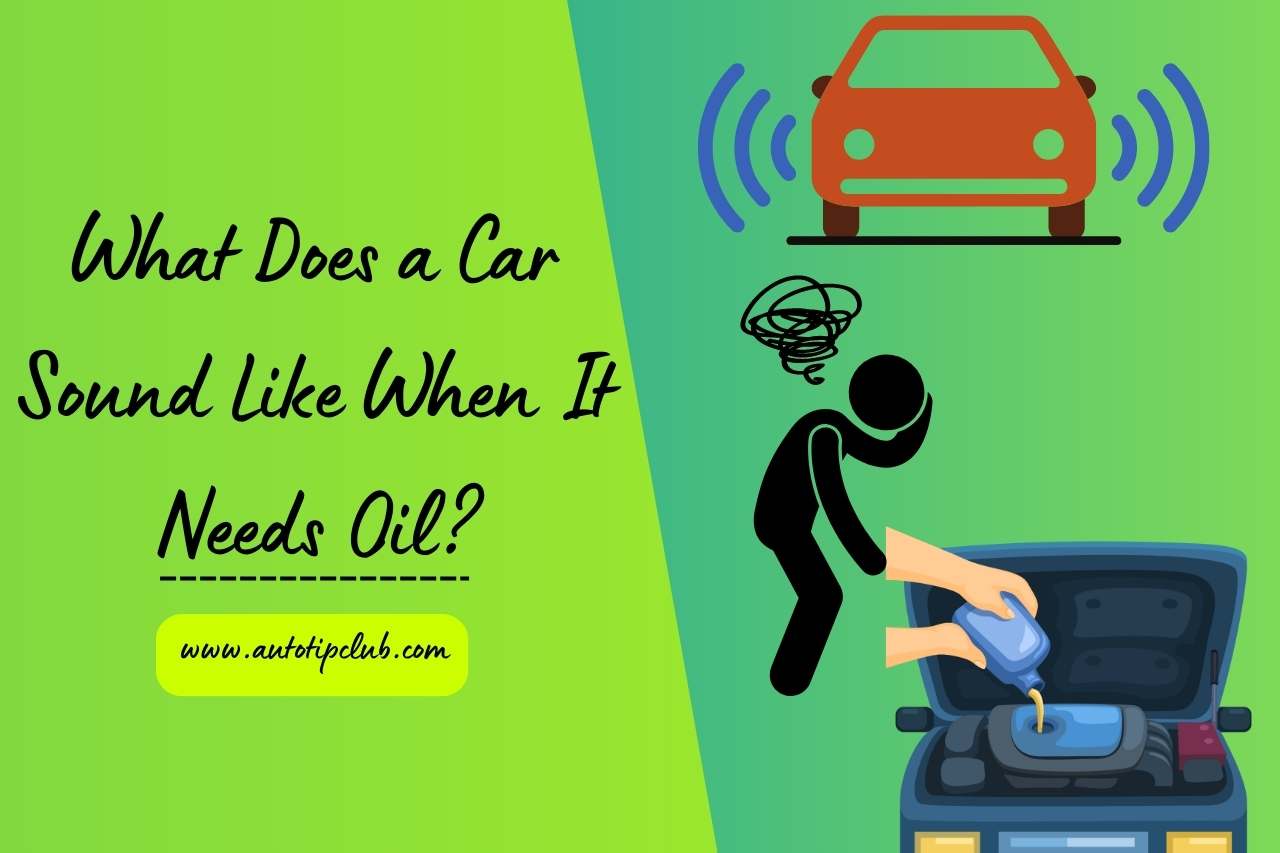
![What Does a Flat Tire Sound Like? [Reasons Explained]](https://autotipclub.com/wp-content/uploads/2022/11/What-does-a-flat-tire-sound-like-768x512.jpg)


